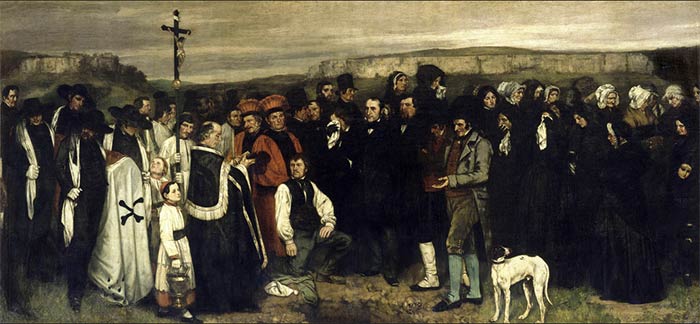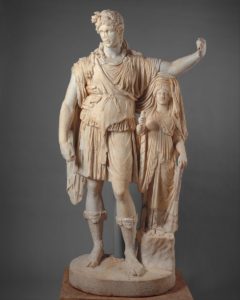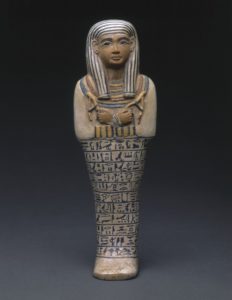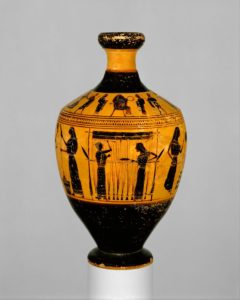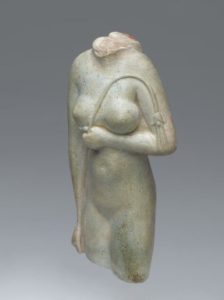Theme: Humans and Gods
Thesis Statement: Throughout history many historical artworks have been related to the Gods interacting with humans by showing symbolism and meaning through sculptures and paintings.
These art works relates to my final project because it shows how Gods and humans have flourished and represented through out time in the forms of art. These works of art illustrate gods and how they are viewed by people, it makes me want to explore and learn more about why these gods are portrayed this way and how they interact with humans and to seek out the history behind these art works.
Artist: Unknown/ Gift of the Hearst Foundation, 1956 (56.234.15)
Title: Marble statue of Hermes
Date: Roman, Imperial period, 1st or 2nd century A.D
Museum: The Metropolitan Museum of Art
Related: Hermes was the god of trade and was also known as the messenger of the gods, he was often interacting with humans such as travelers, herdsman, merchants, and etc.

Artist: Unknown/ Gift of Mrs. Fredrick F. Thompson, 1903 (03.12.13)
Title: Marble Statue of a youthful Hercules
Date: Roman, Flavian period, A.D. 68-98
Museum: The Metropolitan Museum of Art
Relation: Hercules was a demi-god and a hero, son of Zeus, King of all gods, and Alcmene, a mortal woman. Hercules suffered and went through many problems in his life like a mortal does, even though he was a god with incredible strength and speed. He was a symbol for the phrase “a man may be destroyed, but not defeated”.

Artist: Unknown/ Lent by Antikensammlung, Stacchiche Museen zu Berlin (AvP VII 24)
Title: Marble statue of Athena Parthenos
Date: Greek, Hellenistic period, ca. 170 B.C.; after the mid-5th century B.C.
Museum: The Metropolitan Museum
Relation: Athena was a Goddess of wisdom and war, daughter of Zeus, she participated in wars with heroes and have had conflicts with humans.

Artist: Charles Joseph Natoire (French, Nimes 1700-1777 Castel Gandolfo)
Title: The Rebuke of Adam and Eve
Date: 1740
Museum: The Metropolitan Museum of Art
Relation: Adam and Eve were the first humans to live and were created by God however they were punished by God because they disobeyed Him and sinned by eating an apple from the tree when they were told not to.

Artist: Giovanni Battista Tiepolo (Italian, Venice 1696-1770 Madrid)
Title: Allegory of the Planets and Continents
Date: 1752
Museum: The Metropolitan Museum of Art
Relation: This painting portrays the course Apollo takes across the sky which shows deities around the sun god symbolizing the planets and allegorical figures on the cornice represent the four continents. The earth and heavens are imagined as having changed places with the sun and the sky.




